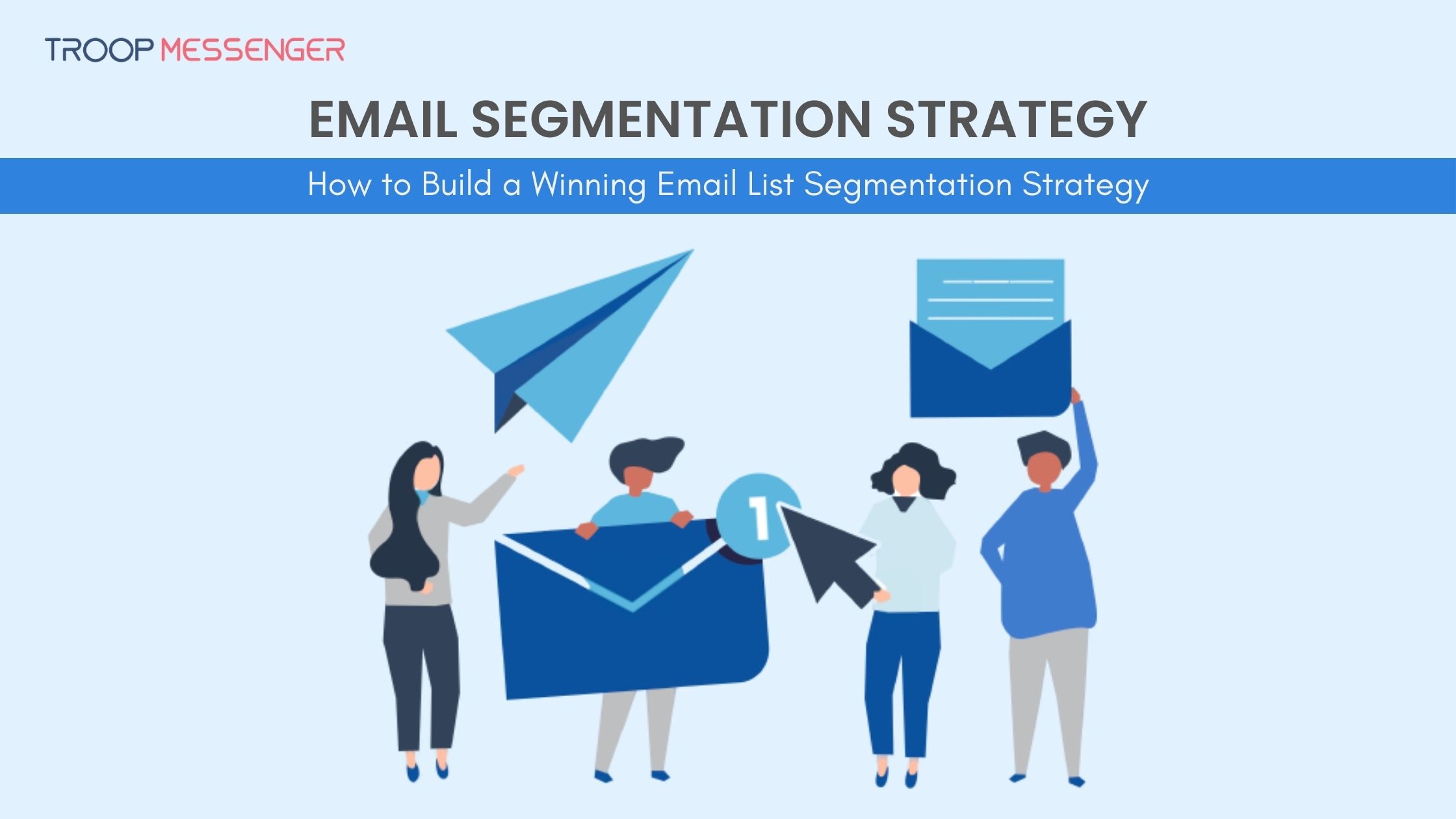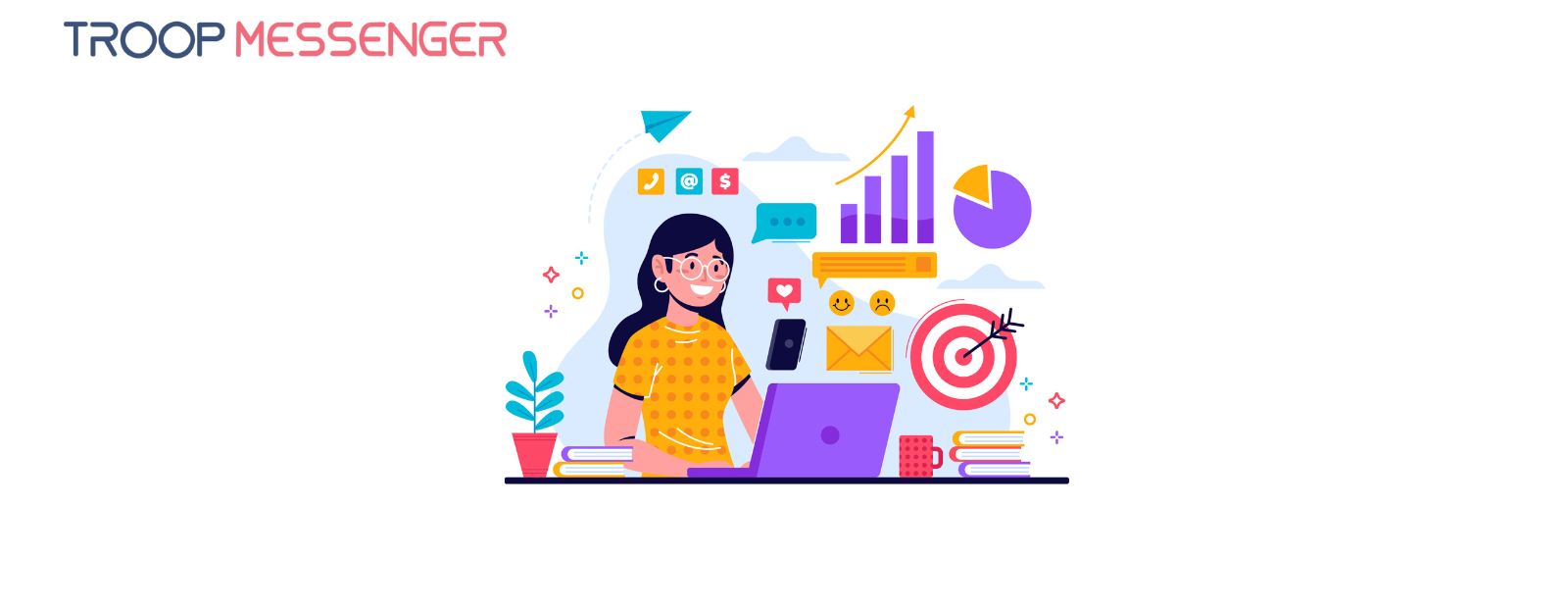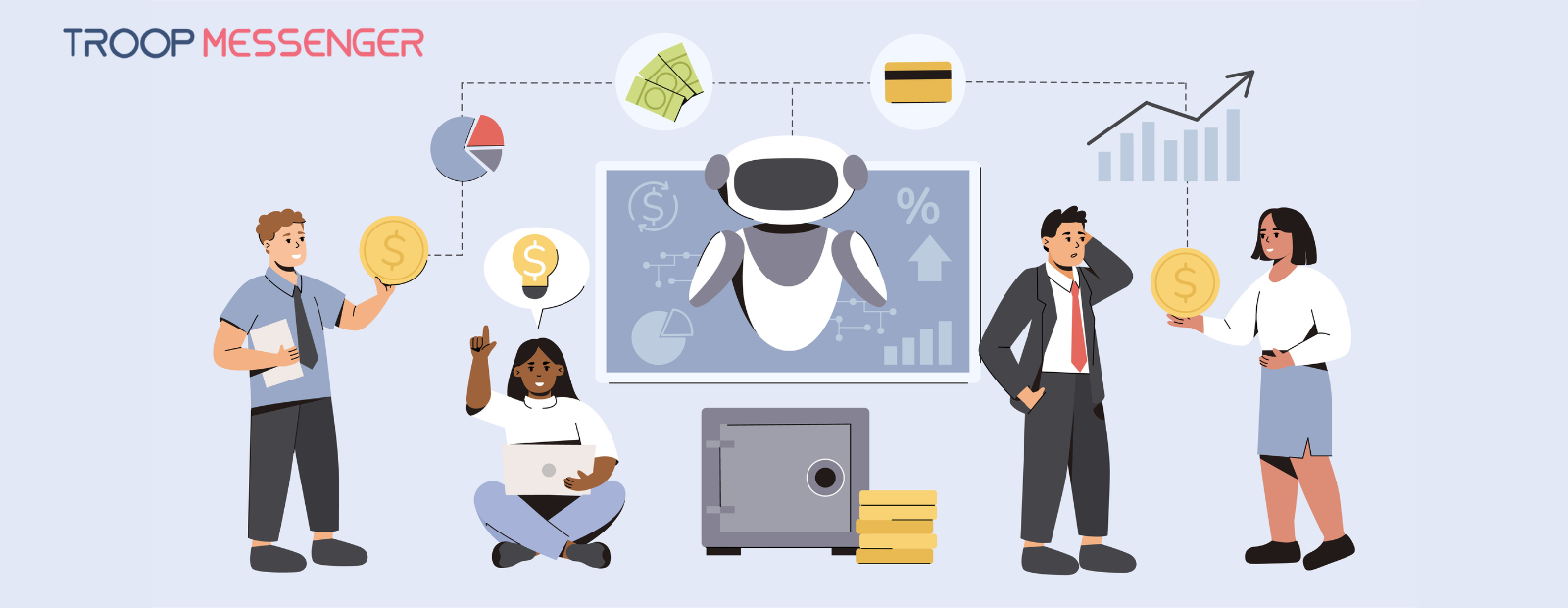Connect with us

How to Build a Winning Email List Segmentation Strategy?
If every email marketer possesses the possibility to make several wishes come true, one of them would be increasing the value proposition of emails. As we know, humanity lives in times when inboxes are flooded. That's why marketers understand very well that their goal is to find the proper method of attracting their clients. For this, marketers decide to send emails to customers that are both relevant and personalized.
Nevertheless, there is no need to forget that it is not as easy as it seems to achieve this objective. If you are an owner of the business, you should probably handle recruitment and talent management. After you follow HR software development services, you will be able to create custom HR software to easily deal with administrative tasks. Speaking about marketers, they are lucky since they possess access to a large number of powerful real-time methods that assist them to bring their wishes into reality. As you may guess, the email segmentation strategy is among these methods.
What Does Email Segmentation Mean?
Being a widespread practice, segmentation is a process of dividing subscribers or email lists into smaller sections on the basis of certain parameters. These sections are also called "segments". Also, one may interpret this technique as a personalization method. It provides marketers with the opportunity to deliver highly targeted and customized messages to their customers.
As a result, marketers can improve open rates, click-throughs, and conversions. This is not the only benefit of segmentation. According to recent research, segmented campaigns demonstrate unsubscribe rates lower by 9.37% in comparison with non-segmented campaigns.
Do you hear about this practice for the first time? Do not hasten to panic since below we gathered everything you should know about email segmentation strategy and tips on how to build it successfully.
Importance of Segmentation
Have you ever wondered why marketers decide to make use of segmentation? Expert marketers know how significant segmentation is. First, it assists to satisfy the demands of diverse buyers. It is understandable that each of your customers possesses a number of their own interests and preferences. What's more, not all of them will be at a similar stage in your sales funnel.
This is where the segmentation of the email list will be handy. It relieves you of the need to deliver the same emails to everyone on your customer list by allowing you to identify these various buyers. Moreover, segmentation is useful for the following reasons:
- it assists in increasing conversions through personalization;
- with its help, you will be able to enhance your reputation;
- by introducing self-segmentation, one will have the opportunity to stimulate greater engagement;
- the possibility of using dynamic content, etc.
After answering the "why segmentation of email list" question, we may move on to learn about segmentation top practices, how to test the effectiveness of an email, and the enumeration of things to have attention while building a segmentation strategy.
Take into Attention Next Things
Nowadays, messages are becoming louder and clearer. That's why the segmentation of email lists is of high importance and an essential part of all efficient email campaigns. You can bring all of your staff onto a single interface using Troop Messenger for seamless team collaboration, helping you to work on your email list segmentation strategy. During building your segmentation strategy, your goal is to keep in mind several important things. One may wonder what those things are. Let's consider them in detail.
Set Clear Email Segmentation Objectives
The initial step you should perform before starting to segment your email lists is to ask yourself a significant question. What are the reasons for deploying target customer email segmentation?
There is no doubt that segmentation assists marketers with numerous things. It enables them to drive greater interaction, boost conversions, curb unsubscribe rates, etc.
Still, as an owner of a business, you should set a certain objective in mind before the process of the implementation of segmentation. Do you intend to segment your email lists for increasing content engagement? Or probably your goal is to boost sales? Or do you want to improve your deliverability? After all, you may desire to amalgamate these objectives.
Howbeit, your task is to clearly understand your objectives for email segmentation. This will assist you to come up with email segmentation ideas and practices that would benefit your business the best.
Pick the Fittest Kind of Segmentation
After the main goals of segmentation are set, your next task is to define which segments will best assist you to achieve these objectives. For example, you set boosting sales as your leading goal. This means clients’ position in the sales funnel, previous purchases, demographic buying tendencies, interests, and preferences concerning products will be the main parameters on which you would segment your email list.
In case you set another goal, for instance, lowering your unsubscribe rates, then the frequency of sent emails, preferences concerning the content, audience engagement rates, etc. should be parameters of your interest. Simply speaking, every objective of segmentation needs you to concentrate on various sets of parameters. This is another reason for remembering your end objectives while defining your segments.
Choose Perceptible Segmentation Thresholds
To divide your subscribers into various segments, your task is to indicate and choose perceptible segmentation thresholds for them first. Your subscribers will pretend for a certain segment only in case they correspond to the determining criterion for the same.
Let's consider one of the audience segmentation examples and its threshold. We can suppose you hold an eCommerce store. You intend to create a segment titled "interested in coffee and tea sets". How do you think what threshold should be set? Should a client only browse sections with coffee and tea sets to merit an entry or is there a need to conduct several purchases in order to be classified as interested? Everything depends completely on you.
On the contrary, what if you want to classify someone as “uninterested? What segmentation threshold will be in this case? Will you choose all clients who haven’t opened your emails for the last several months? Or do you desire to save the threshold at six months? Determination of segmentation thresholds assists marketers to stay up with the data expectations and demands of customers and, as a result, developing maximum personalized marketing campaigns.
Choose Perceptible Segmentation Thresholds
To divide your subscribers into various segments, your task is to indicate and choose perceptible segmentation thresholds for them first. Your subscribers will pretend for a certain segment only in case they correspond to the determining criterion for the same.
Let's consider one of the audience segmentation examples and its threshold. We can suppose you hold an eCommerce store. You intend to create a segment titled "interested in coffee and tea sets". How do you think what threshold should be set? Should a client only browse sections with coffee and tea sets to merit an entry or is there a need to conduct several purchases in order to be classified as interested? Everything depends completely on you.
On the contrary, what if you want to classify someone as “uninterested? What segmentation threshold will be in this case? Will you choose all clients who haven’t opened your emails for the last several months? Or do you desire to save the threshold at six months? Determination of segmentation thresholds assists marketers to stay up with the data expectations and demands of customers and, as a result, developing maximum personalized marketing campaigns.
Top Practices of Email Segmentation
After you defined all of your different customer segments, you can proceed to the creation of unique email campaigns for each. Still, how one may be sure these campaigns will be successful and will maximize their returns? The solution is to implement useful recommendations on segmentation.
Make Things Easy
There is no doubt that the segmentation of email lists is a useful activity. This leads marketers to decide to deploy complicated segmentations or Mailchimp segmentation. The reason is that these marketers believe this will assist them to make use of their campaigns as efficiently as possible. Nevertheless, the main rule is to measure returns against the time and resources one is investing in creating these complexities.
Moreover, it is worth mentioning that convoluted segmentation strategies can make your subscribers confused. That's why the top solution is to start simple. If you decide to start from an easy segmentation strategy, you will not be confused as well and will possess the benefit of having a solid basis at your disposal. It does not mean you can not add extra segments in the future.
Stay Flexible
In case you make use of one segmentation strategy example, you should be ready to change it if required. This modification should be performed no matter how certain you are in your segmentation strategy. There is a necessity to keep in mind a significant rule.
Segmentation is based on exclusively the actions and behaviors of your clients. Not to mention they are pretty arbitrary. This leads to the conclusion that you should be flexible in your segmentation strategies. Consider the latest data and ideas and appropriately adapt to them.
Refer to Every Event on Its Merit
In case your segmentation strategy is just for the "back to school" season, you should not wait for it to bring the same returns during the holiday season. The reason is that customer sentiment and buying behavior differ greatly and change from one season to another. The holiday season is particularly complicated because customers make purchases actively for other people, but not themselves.
If you intend to boost the efficiency of your holiday email marketing campaigns, practicing hyper-segmentation can be considered in this case. With it, you will get an edge during your holiday campaigns.
Conclusion
Nowadays, personalization continues to be an important element of all marketing campaigns. This makes the segmentation of email lists a top priority for all marketers. It enables marketers not only to deliver relevant and personalized emails but also segmentation allowing companies to sharply increase their revenue and overshadow competitors during this process.
If you still did not try to implement segmentation, do not hesitate to join smart marketers who are aware of the value of email list segmentation. Using it effectively provides you with the possibility to get a huge leg up on other companies.








